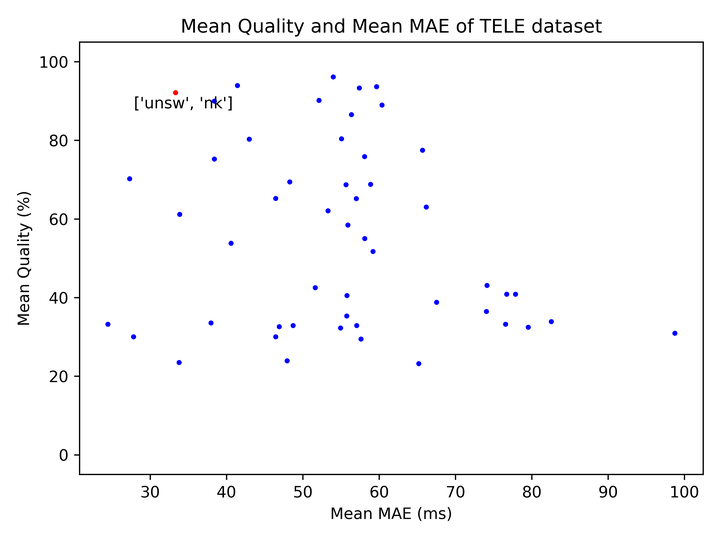Automated RR Interval Detection and Quality Assessment in Telehealth Electrocardiograms
 Image credit: S. Ho et al. (CC BY 4.0)
Image credit: S. Ho et al. (CC BY 4.0)
Abstract
Introduction: Atrial fibrillation, a common heart arrhythmia, often goes undiagnosed, increasing stroke risk. Mobile health devices like smartwatches and handheld ECG recorders which can record single-lead ECGs could be used to screen for atrial fibrillation. A key step in using these ECGs is to detect irregular rhythms from RR-intervals. We aimed to develop an algorithm to automatically: (i) derive RR-intervals from ECGs; and (ii) predict whether they are accurate enough to inform diagnosis. Methods: The publicly available TELE ECG Database was used, containing 250 ECGs recorded by patients at home using a handheld ECG device, alongside manual annotations of QRS complexes. An algorithm was designed to: (i) detect QRS complexes using a high-performance, primary QRS detection algorithm; (ii) assess their reliability by deeming each one to be reliable if it was also detected by a secondary QRS detection algorithm; and (iii) calculate RR-intervals as time delays between consecutive QRS complexes. Algorithm performance was assessed when using each combination of three primary and 18 secondary open-source QRS detection algorithms. Results: Two approaches were used to identify optimal algorithm configurations. First, we identified the algorithm which produced the lowest mean absolute error (MAE) in those RR-intervals deemed to be reliable. This used ‘unsw’ as primary and ‘rpeak’ as secondary detectors, achieving a MAE of 24ms with 33% of the RR-intervals deemed to be reliable. Second, we identified the algorithm with the lowest MAE, whilst deeming at least 90% of RR-intervals to be reliable. This used ‘unsw’ as primary and ‘nk’ as secondary detectors, achieving a MAE of 33ms and deeming 92% of RR-intervals to be reliable. Conclusion: The proposed algorithms accurately derive RR-intervals from telehealth ECGs. This approach could be a valuable part of a pipeline for automatically identifying ECGs which show an irregular heart rhythm and therefore warrant manual review.